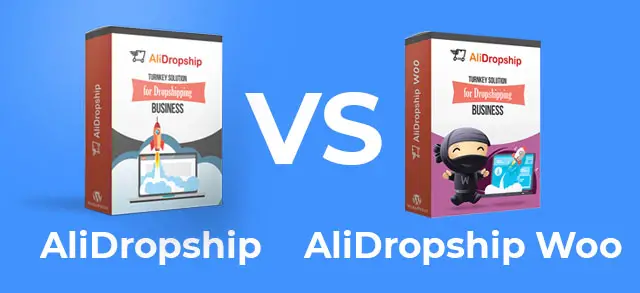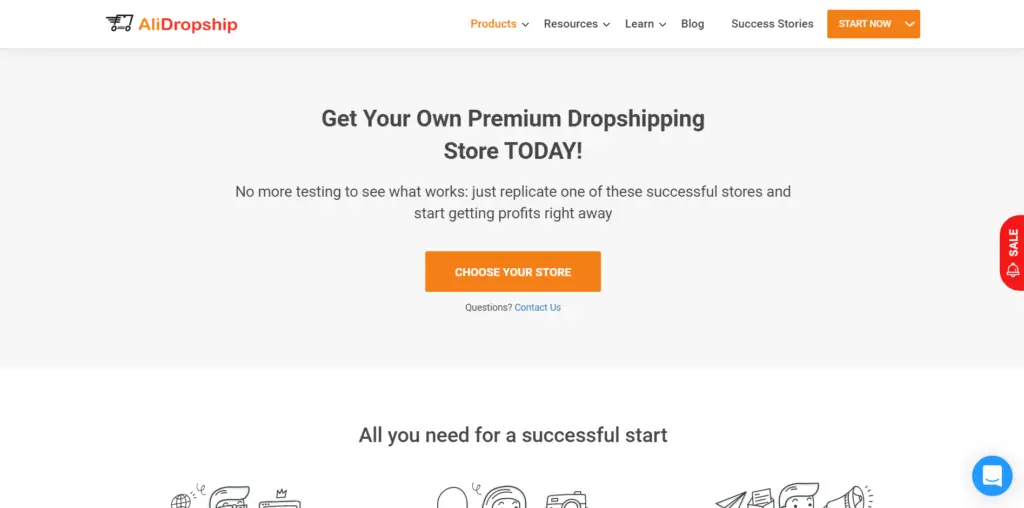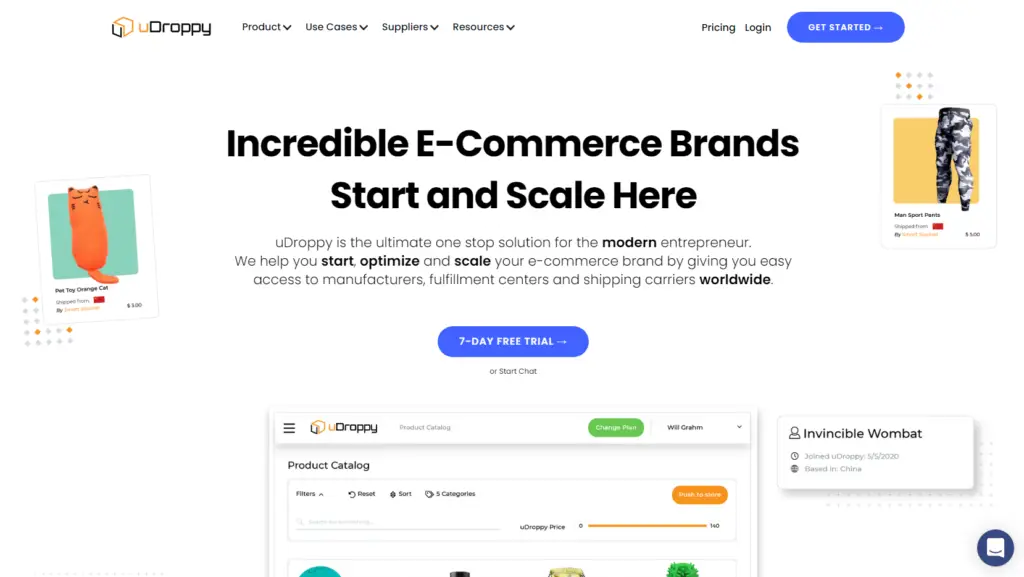This post may contain affiliate links. Please read my affiliate disclosure for more information.
Dropshipping without a website may feel like going back to the stone age.
At the same time, with all the benefits of technology also comes the costs, technical bugs, outages, servers going down, and more.
Maybe it’s time to go back?
In short, yes you can dropship without a website or online store by using spreadsheets, phone calls, and operating as a local offline business.
How To Dropship Without a Website
Step 1: Choose your Local Market

One of the best ways to choose a dropshipping niche market is to look around at your local area businesses. One type of business that comes to mind is a coffee shop. You want to go for a market that has expensive and high ticket products that you can sell.
High-end commercial equipment like coffee roasters or commercial coffee grinders hit the checkboxes. Plenty of other examples may include gyms and gym equipment, or craft brewing. Any establishment with equipment that looks expensive that they have to use to run their business is a good target.
Some of this equipment may be worth $5,000 to $30,000 per unit.
After you select what market you’re going to build your business around, it’s time to set up some spreadsheet organization.
Step 2: Spreadsheet Organization

Use software like Google Sheets or Microsoft Excel to organize the potential niches you want to target. To start, this is a good exercise to get used to using spreadsheets.
This will also be the hub for all your tracking, supplier pricing, sales data, call lists, and more.
Step 3: Phone Sales and Support

Building and establishing relationships with your target market is your key goal here.
All you need is a cell phone to contact other businesses that would be interested in the products within your niche. In this case, that would be local coffee shops or those with commercial equipment needs.
You can set up a call list to routinely check up on clients.
Step 4: Supplier Relations

Once you determine your niche, you contact suppliers that allow you to become a dealer for them. This is where your call list becomes important as you’ll reach out to those business owners whom you can sell these products to.
After getting a base of people to reach out to, and you become a dealer for a particular supplier, you’re the main point of contact between that relationship.
This works great if the supplier does not have a big online presence since their brand of products would be more exclusive to gain access to.
You could choose to target a niche that’s more old-school and almost “untapped”.
Step 5: Customer Invoicing

After you find suppliers and customers, you’re the middle man to negotiate the deal and connect the two. After the deal is made it’s time to send over invoicing information for your accounts payable.
PayPal invoicing is a great free option to send and receive invoices without any setup or monthly fee (they do take a small fee per transaction).
For fulfilling orders, after the money is received, you then place the order with your supplier and they’ll send the product directly to the customer.
To Conclude
This is an out of the box strategy to operate a dropshipping business without using a website. If you want to go out and build relationships with local businesses, this can be a great way to start a dropshipping without a website or online store.
It’s a bit more work to process orders and collect payments. However, this can be great for those interested in a salesman role and if you prefer to spend less time on the computer. Not only that, but you also save money on hosting a website.




